A Multi-Level Feedback Queue Optimization Method Based on Reinforcement Learning and Dynamic Time Slice Scheduling
DOI: 10.23977/autml.2025.060113 | Downloads: 11 | Views: 306
Author(s)
Zhong Wenxuan 1
Affiliation(s)
1 School of Computer Science and Technology, Hangzhou Dianzi University, Hangzhou, 310018, Zhejiang, China
Corresponding Author
Zhong WenxuanABSTRACT
This invention pertains to the field of reinforcement learning and discloses a multi-level feedback queue optimization method [2] based on reinforcement learning and dynamic time slot scheduling. It involves separately obtaining process feature data, system load data, user experience data, and hardware-related data. The acquired data is preprocessed to ensure accuracy and reliability. Based on the preprocessed data, the data sets for process features, system load, user experience, and hardware-related are formed through numbering. Using these numbered datasets, the process feature index, system load rate, user experience index, and hardware load rate are calculated. A comprehensive evaluation of queue priority values is conducted, and multi-level feedback queue optimization is implemented based on these evaluated queue priority values. This approach considers multiple dimensions of scheduling methods, enhancing the quality and accuracy of scheduling decisions, avoiding certain processes from occupying too many resources and affecting the operation of other processes, making multi-level feedback queue optimization more equitable.
KEYWORDS
Reinforcement Learning; Dynamic Time Slice Scheduling; Operating System; Multi-Level Feedback QueueCITE THIS PAPER
Zhong Wenxuan, A Multi-Level Feedback Queue Optimization Method Based on Reinforcement Learning and Dynamic Time Slice Scheduling. Automation and Machine Learning (2025) Vol. 6: 111-117. DOI: http://dx.doi.org/10.23977/autml.2025.060113.
REFERENCES
[1] Li Z, Ierapetritou M. Process scheduling under uncertainty: Review and challenges[J]. Computers & Chemical Engineering, 2008, 32(4-5): 715-727.
[2] Harki N A. Multi-level feedback queue scheduling technique[J]. Cihan University-Erbil Scientific Journal, 2024, 8(2): 36-42.
[3] Kilminster S, Zukas M, Quinton N, et al. Preparedness is not enough: understanding transitions as critically intensive learning periods[J]. Medical education, 2011, 45(10): 1006-1015.
[4] Suresh V, Chaudhuri D. Dynamic scheduling—a survey of research[J]. International journal of production economics, 1993, 32(1): 53-63.
[5] Branke* J, Mattfeld D C. Anticipation and flexibility in dynamic scheduling[J]. International Journal of Production Research, 2005, 43(15): 3103-3129.
| Downloads: | 3722 |
|---|---|
| Visits: | 166910 |
Sponsors, Associates, and Links
-
Power Systems Computation
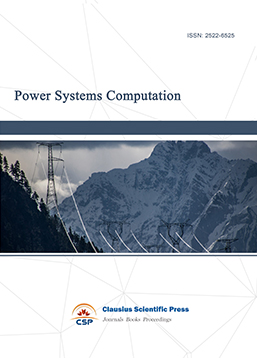
-
Internet of Things (IoT) and Engineering Applications
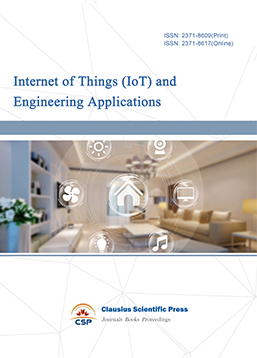
-
Computing, Performance and Communication Systems
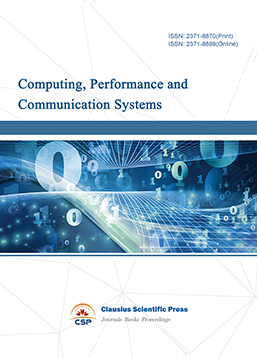
-
Journal of Artificial Intelligence Practice
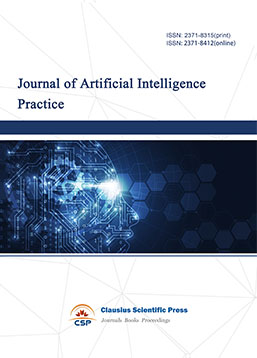
-
Advances in Computer, Signals and Systems
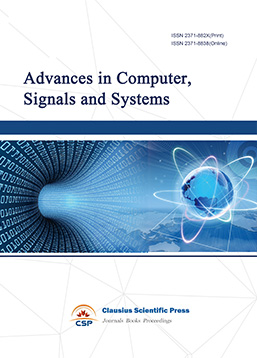
-
Journal of Network Computing and Applications
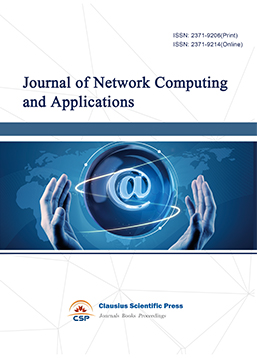
-
Journal of Web Systems and Applications
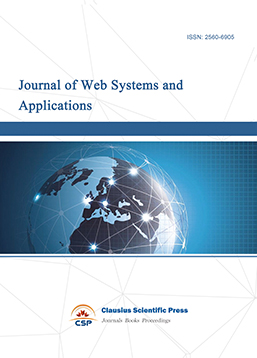
-
Journal of Electrotechnology, Electrical Engineering and Management
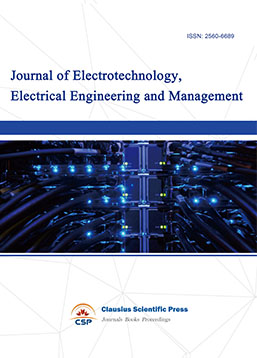
-
Journal of Wireless Sensors and Sensor Networks
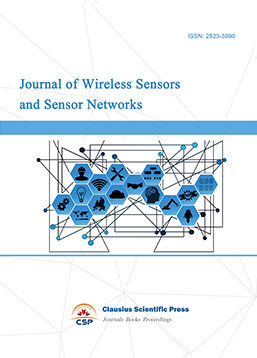
-
Journal of Image Processing Theory and Applications
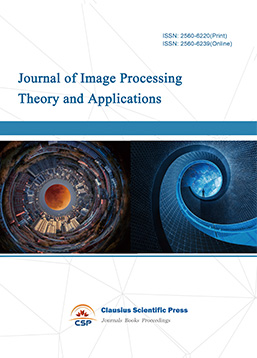
-
Mobile Computing and Networking
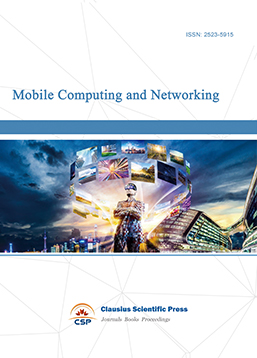
-
Vehicle Power and Propulsion
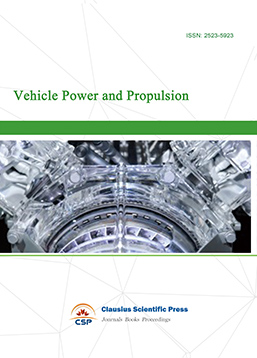
-
Frontiers in Computer Vision and Pattern Recognition
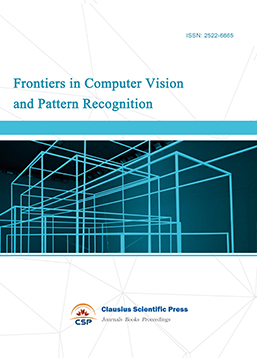
-
Knowledge Discovery and Data Mining Letters
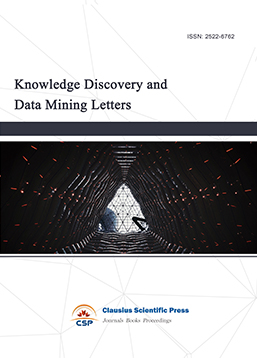
-
Big Data Analysis and Cloud Computing
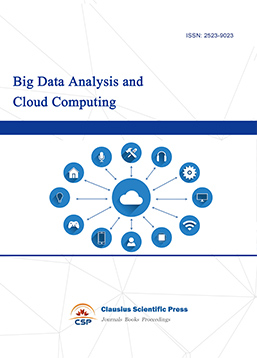
-
Electrical Insulation and Dielectrics
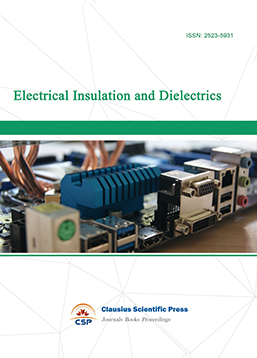
-
Crypto and Information Security
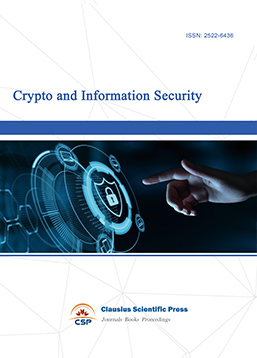
-
Journal of Neural Information Processing
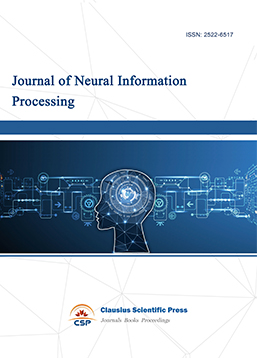
-
Collaborative and Social Computing
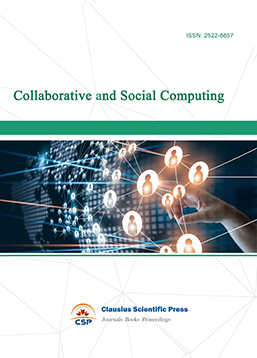
-
International Journal of Network and Communication Technology
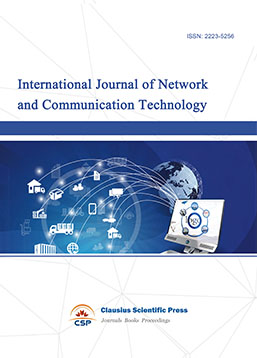
-
File and Storage Technologies
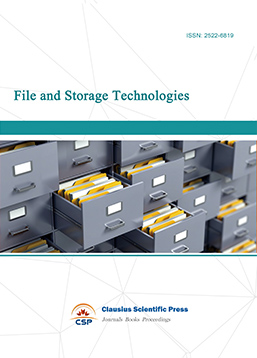
-
Frontiers in Genetic and Evolutionary Computation
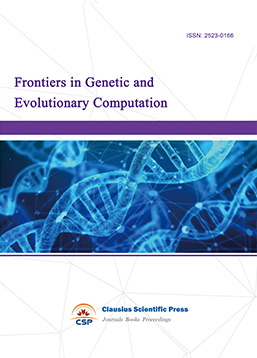
-
Optical Network Design and Modeling
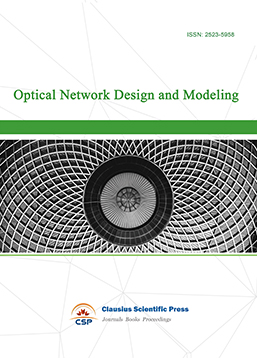
-
Journal of Virtual Reality and Artificial Intelligence
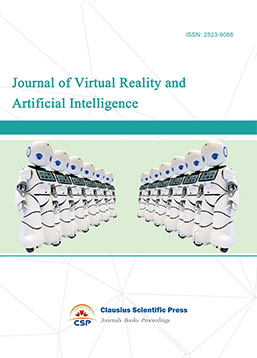
-
Natural Language Processing and Speech Recognition
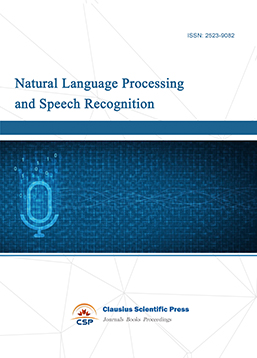
-
Journal of High-Voltage
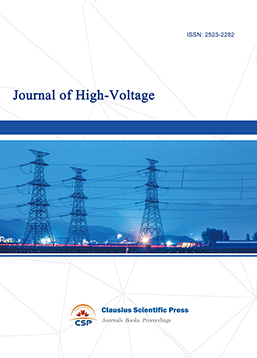
-
Programming Languages and Operating Systems
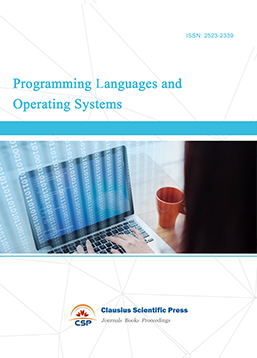
-
Visual Communications and Image Processing
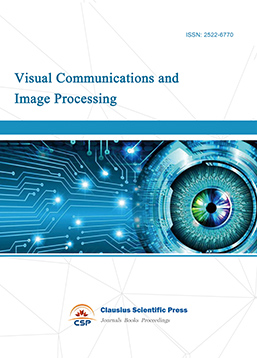
-
Journal of Systems Analysis and Integration
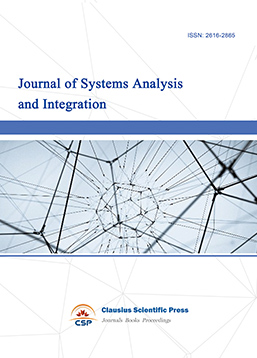
-
Knowledge Representation and Automated Reasoning
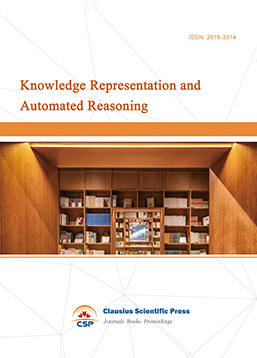
-
Review of Information Display Techniques
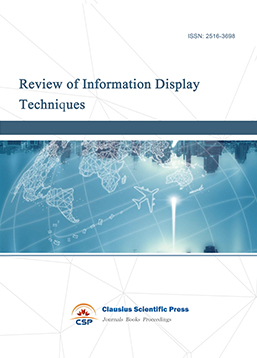
-
Data and Knowledge Engineering
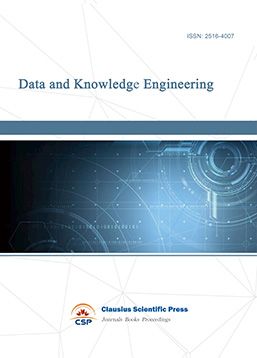
-
Journal of Database Systems
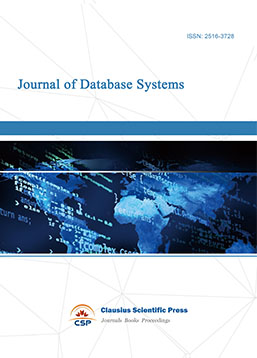
-
Journal of Cluster and Grid Computing
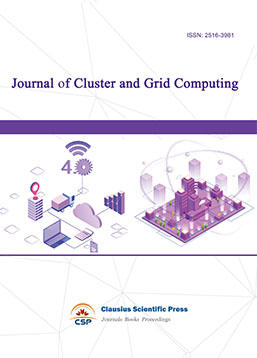
-
Cloud and Service-Oriented Computing
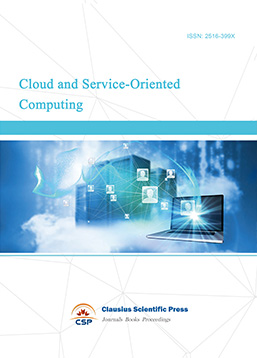
-
Journal of Networking, Architecture and Storage
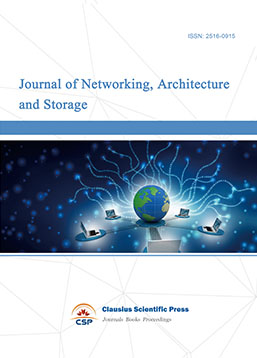
-
Journal of Software Engineering and Metrics
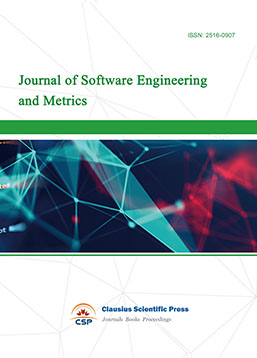
-
Visualization Techniques
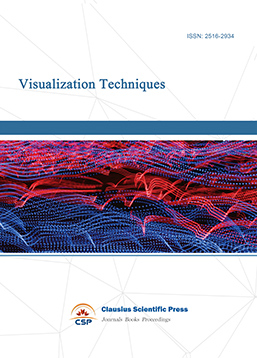
-
Journal of Parallel and Distributed Processing
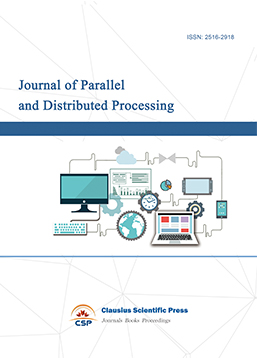
-
Journal of Modeling, Analysis and Simulation
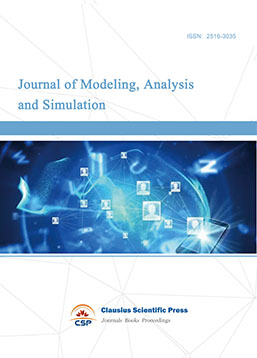
-
Journal of Privacy, Trust and Security
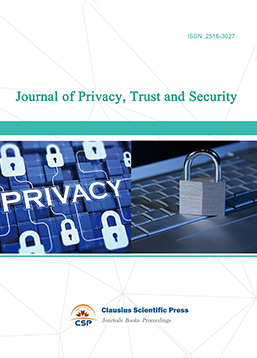
-
Journal of Cognitive Informatics and Cognitive Computing
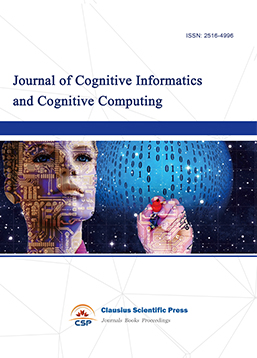
-
Lecture Notes on Wireless Networks and Communications
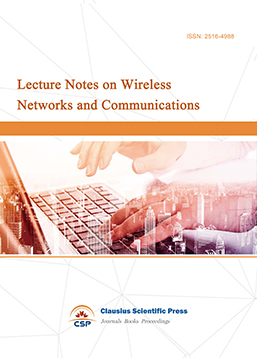
-
International Journal of Computer and Communications Security
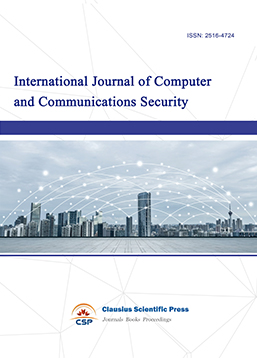
-
Journal of Multimedia Techniques
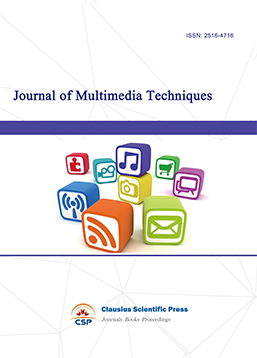
-
Computational Linguistics Letters
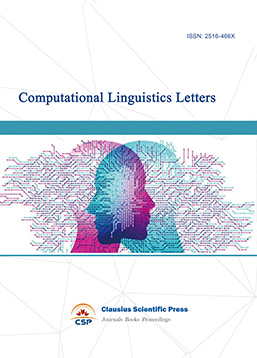
-
Journal of Computer Architecture and Design
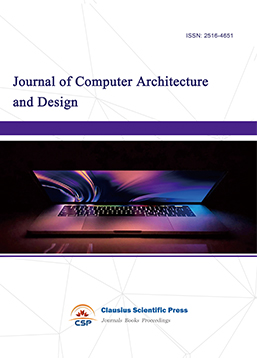
-
Journal of Ubiquitous and Future Networks
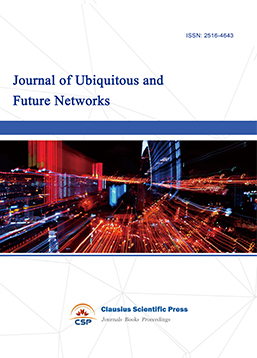

 Download as PDF
Download as PDF